It’s never been more important than now in preserving our colonial past. Here in Australia, we don’t have quite the history of many other countries, but what we have we feel is unique. One such place I visited recently was Clayton Farm in Tatiara in South Australia. A truly unique experience of farm culture from the 1870s.
To be able to wander through this historic homestead, the extensive collection of farm machinery, all preserved by the custodians of Clayton Farm, Michael and Vicky. We also had a personal guided tour full of history and interesting information about life on the land for the Weise family.
A little history
In 1872 land near Bordertown in South Australia was being offered for settlement. The Weise family acquired six parcels of land for the princely sum of $2.50 an acre! August Weise spent three months living in a tent splitting posts and preparing to bring his wife and family to Clayton after having arranged for a two-room cottage to be built.
In the 1980s the land was passed into the care of the State Department of Environment and Planning who in turn it was over to the Tatiara District Council in 2000.
.mgl-tiles { display: none; } #mgl-gallery-634ecba17dfe4 { margin: -5px; width: calc(100% + 10px); } #mgl-gallery-634ecba17dfe4 .mgl-box { padding: 5px; } @media screen and (max-width: 768px) { #mgl-gallery-634ecba17dfe4 { margin: -5px; width: calc(100% + 10px); } #mgl-gallery-634ecba17dfe4 .mgl-box { padding: 5px; } } @media screen and (max-width: 460px) { #mgl-gallery-634ecba17dfe4 { margin: -5px; width: calc(100% + 10px); } #mgl-gallery-634ecba17dfe4 .mgl-box { padding: 5px; } }
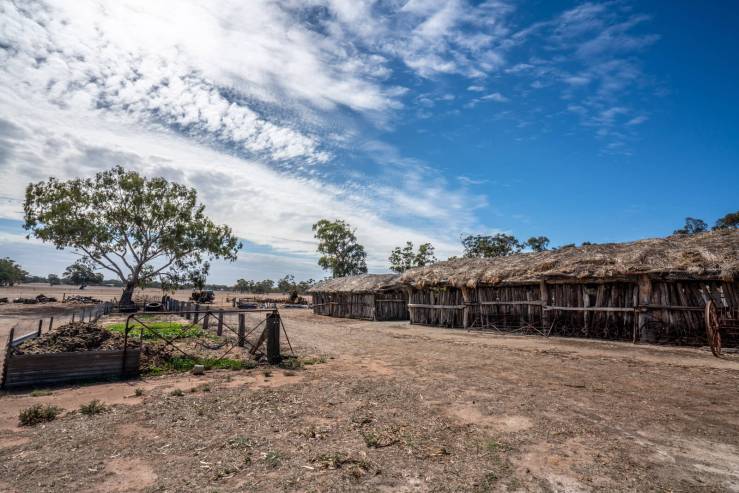
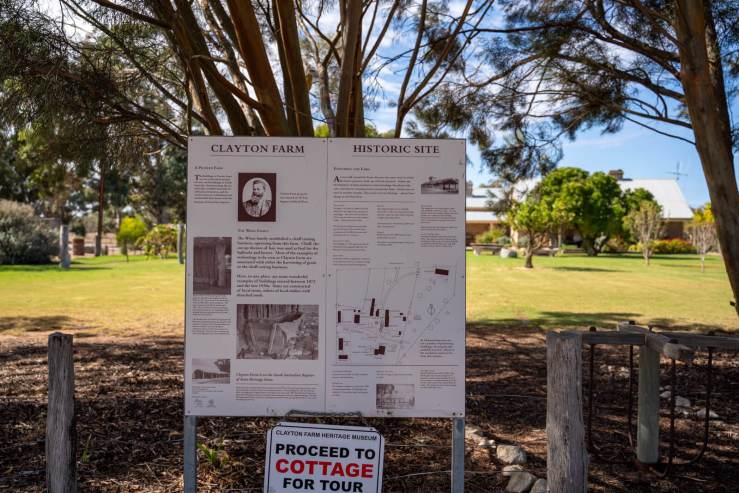
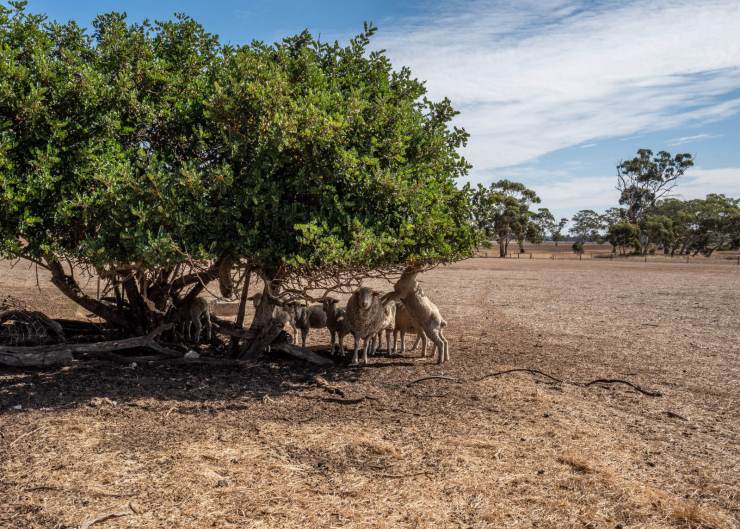

The cottage
The original home was a thatched roof two-room cottage built in 1872 by Brothers Thomas and Robert Adamson. This cottage served as home to August Weise, his wife Maria and their twelve children from 1972 to 1885. Can you imagine? Fourteen people little in a two-room cottage?
The Homestead
In 1885, the Homestead was built to replace the original two-room cottage, no doubt at the behest of Mrs Weise! The kitchen was then built in 1914, I believe they had been using the kitchen from the original cottage. Living without a kitchen in the homestead for nearly 30 years … we once lived without a kitchen for two weeks, during a renovation — that was enough for me.
Many of the homestead’s original furniture and household items have been retained as well as much memorabilia from the district which has been collected and displayed here. Including clothes and dinnerware. Musical instruments and pianola. Such an incredible collection. Including from a local apothecary, granted it is not part of the original estate, but Clayton Farm is now the main museum for the whole area.
.mgl-tiles { display: none; } #mgl-gallery-634ecba17f711 { margin: -5px; width: calc(100% + 10px); } #mgl-gallery-634ecba17f711 .mgl-box { padding: 5px; } @media screen and (max-width: 768px) { #mgl-gallery-634ecba17f711 { margin: -5px; width: calc(100% + 10px); } #mgl-gallery-634ecba17f711 .mgl-box { padding: 5px; } } @media screen and (max-width: 460px) { #mgl-gallery-634ecba17f711 { margin: -5px; width: calc(100% + 10px); } #mgl-gallery-634ecba17f711 .mgl-box { padding: 5px; } }
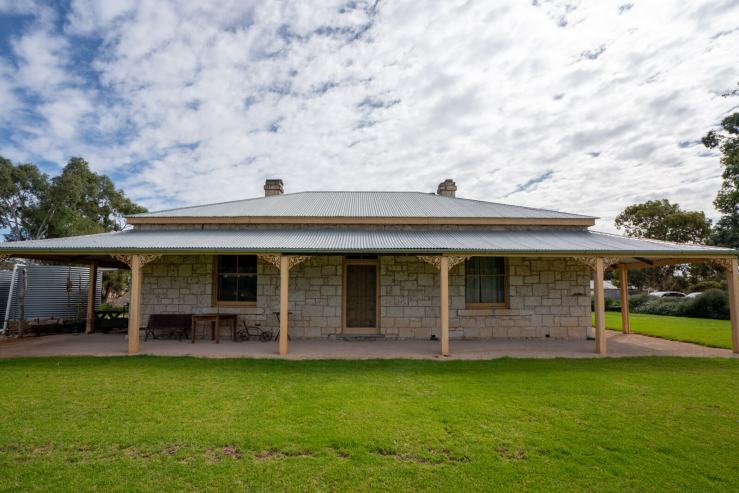
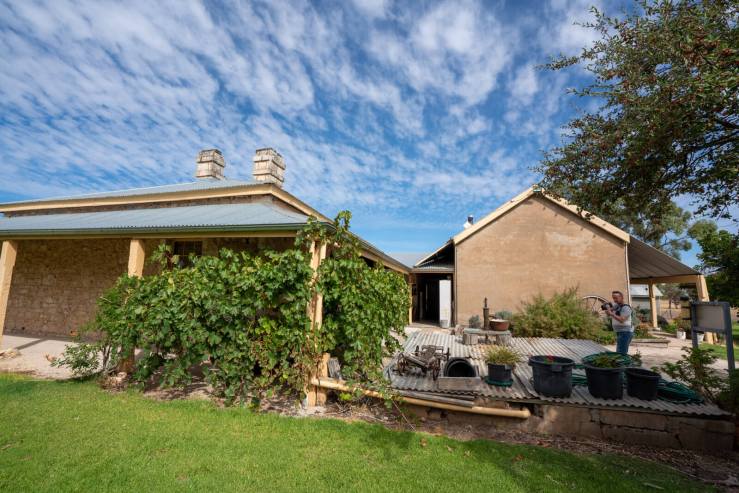
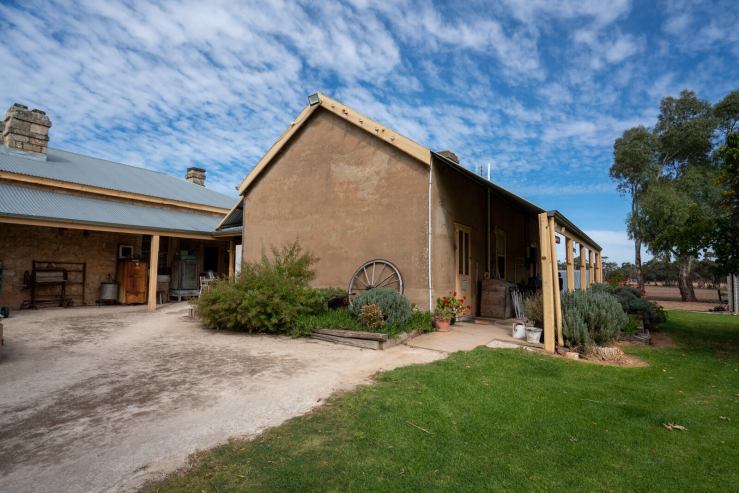
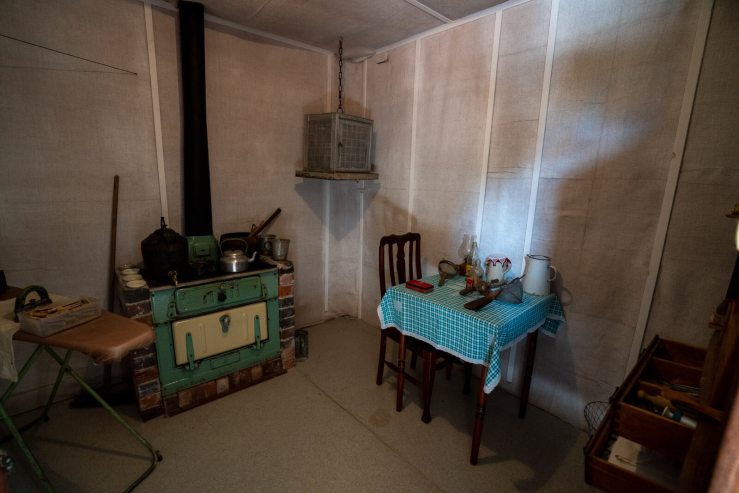
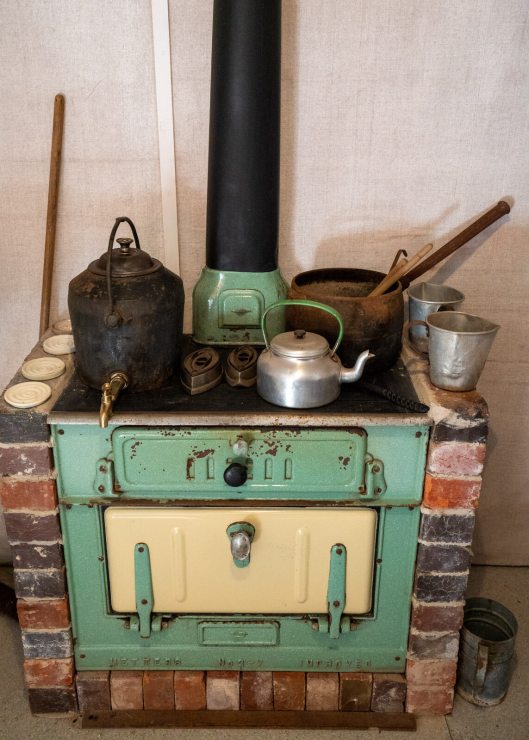
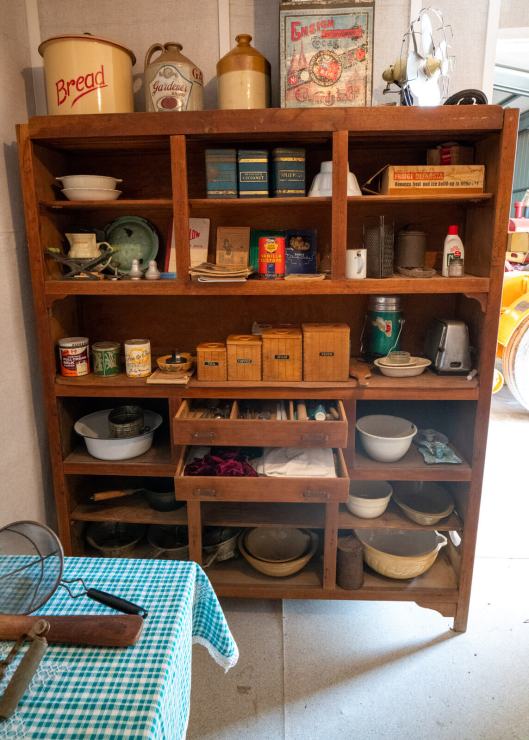
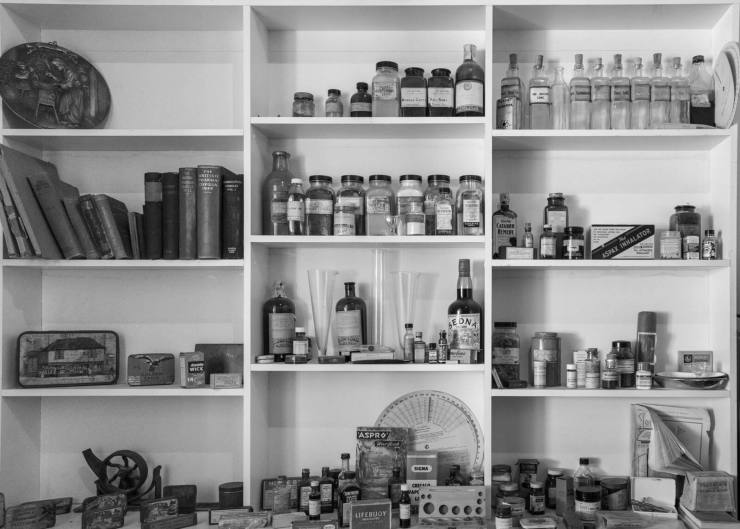
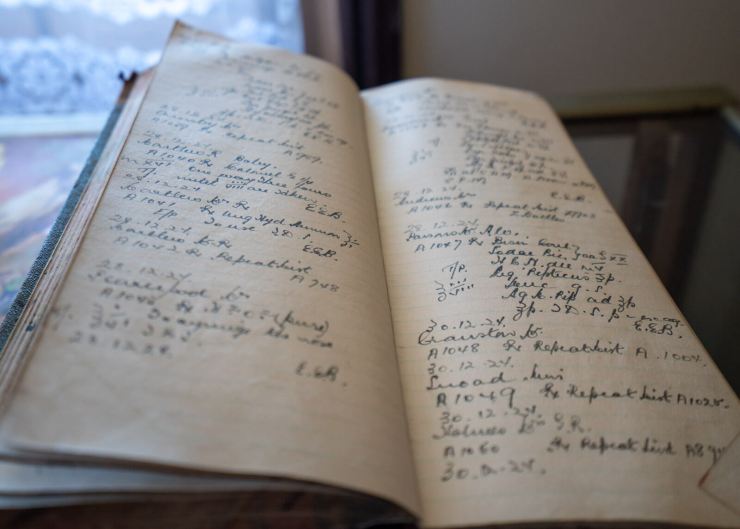
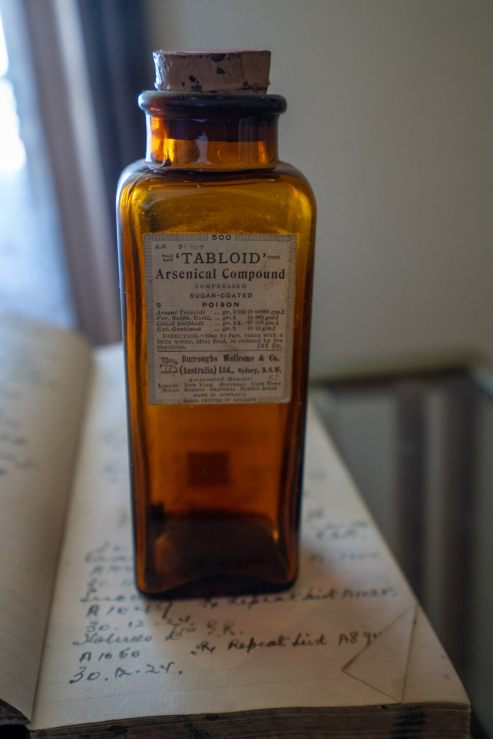
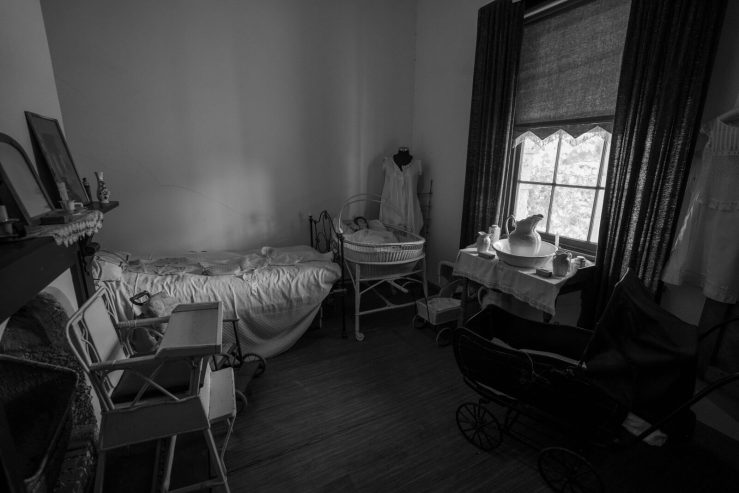
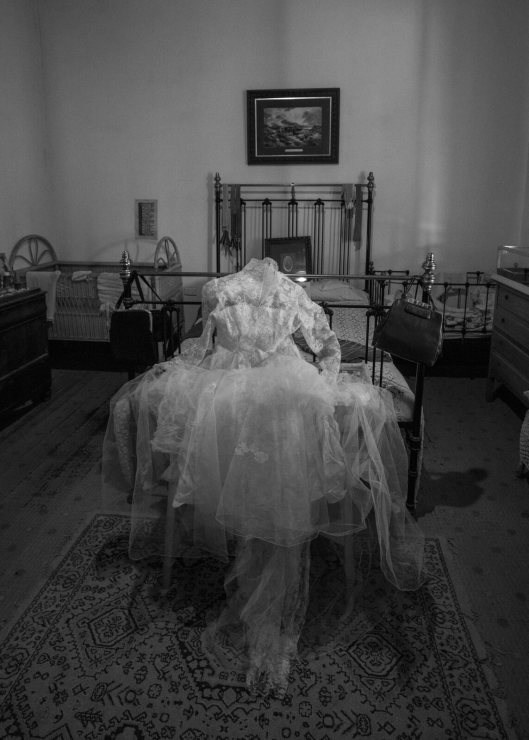
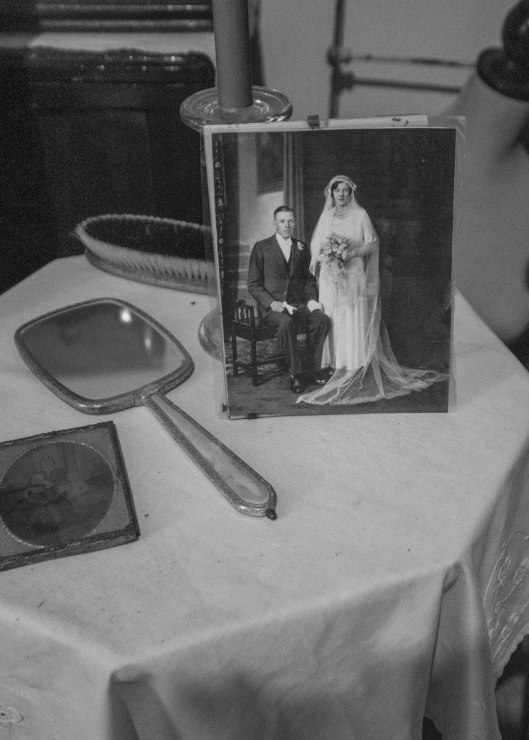
The woolshed
The woolshed was built in 1901 with whole red gum tree trunks as posts to support the red gum branched beams, topped with a thatched roof. Originally it was used as a storage and feeding shed. In 1920 it was set up as a shearing shed and used up until 1961.
This woolshed is the largest thatched roof woolshed in the Southern Hemisphere. It really is huge and the dramatic drop in temperature from inside to outside was amazing. The shearers must have loved it in there in the summer months.
.mgl-tiles { display: none; } #mgl-gallery-634ecba18214c { margin: -5px; width: calc(100% + 10px); } #mgl-gallery-634ecba18214c .mgl-box { padding: 5px; } @media screen and (max-width: 768px) { #mgl-gallery-634ecba18214c { margin: -5px; width: calc(100% + 10px); } #mgl-gallery-634ecba18214c .mgl-box { padding: 5px; } } @media screen and (max-width: 460px) { #mgl-gallery-634ecba18214c { margin: -5px; width: calc(100% + 10px); } #mgl-gallery-634ecba18214c .mgl-box { padding: 5px; } }
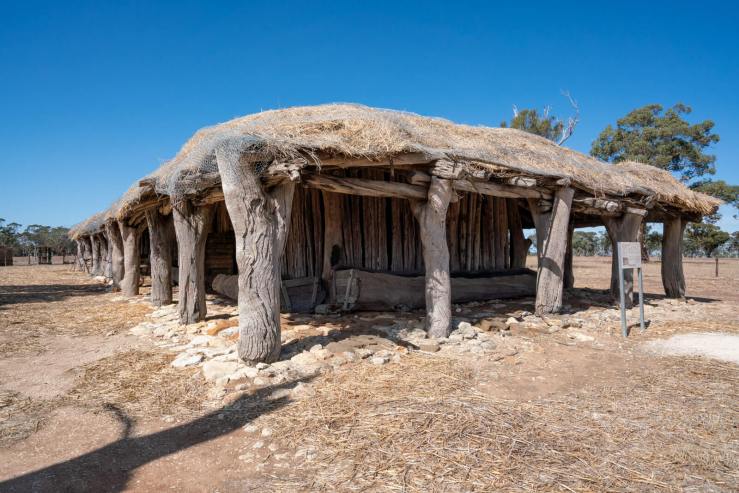
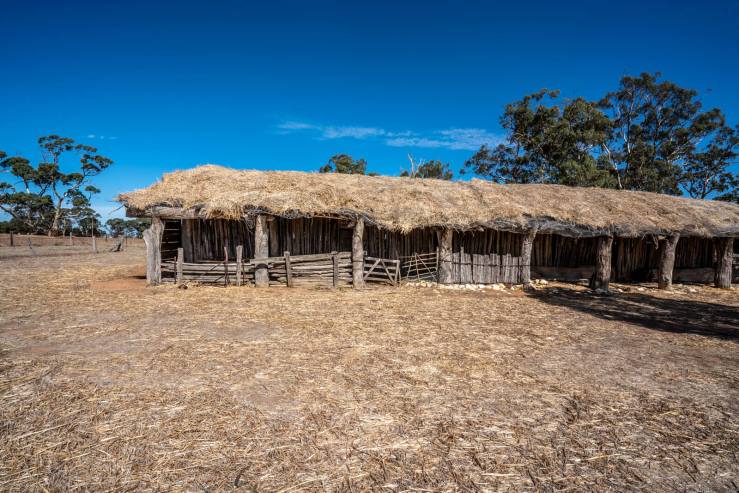
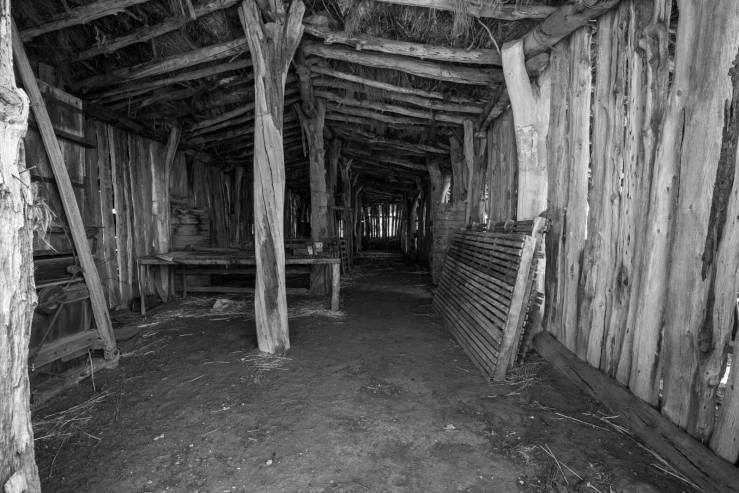
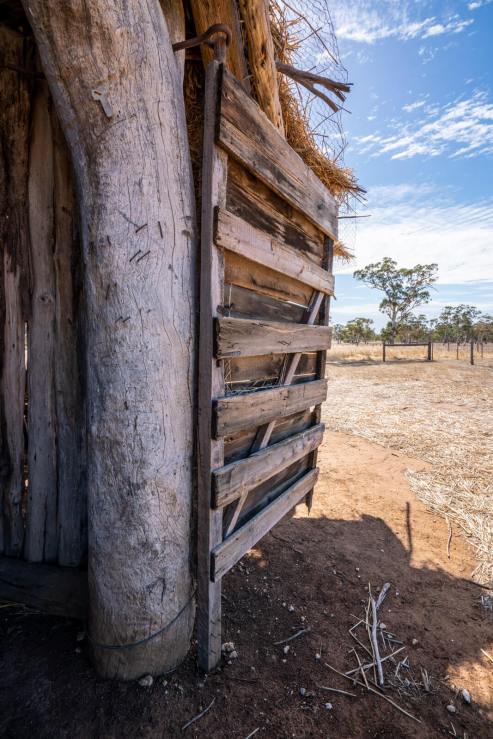



The stone hut
The stone hut was originally built as workmen’s quarters but was mostly used as the honey hut, there was still beeswax on the floor. Now mostly used as storage.
.mgl-tiles { display: none; } #mgl-gallery-634ecba183ab1 { margin: -5px; width: calc(100% + 10px); } #mgl-gallery-634ecba183ab1 .mgl-box { padding: 5px; } @media screen and (max-width: 768px) { #mgl-gallery-634ecba183ab1 { margin: -5px; width: calc(100% + 10px); } #mgl-gallery-634ecba183ab1 .mgl-box { padding: 5px; } } @media screen and (max-width: 460px) { #mgl-gallery-634ecba183ab1 { margin: -5px; width: calc(100% + 10px); } #mgl-gallery-634ecba183ab1 .mgl-box { padding: 5px; } }



The stables
Were built soon after the Weise came to Clayton Farm, and there is an amazing array of tack and saddlery from the era.
.mgl-tiles { display: none; } #mgl-gallery-634ecba1846d3 { margin: -5px; width: calc(100% + 10px); } #mgl-gallery-634ecba1846d3 .mgl-box { padding: 5px; } @media screen and (max-width: 768px) { #mgl-gallery-634ecba1846d3 { margin: -5px; width: calc(100% + 10px); } #mgl-gallery-634ecba1846d3 .mgl-box { padding: 5px; } } @media screen and (max-width: 460px) { #mgl-gallery-634ecba1846d3 { margin: -5px; width: calc(100% + 10px); } #mgl-gallery-634ecba1846d3 .mgl-box { padding: 5px; } }



The chaff shed
Erected in 1874, the chaff shed housed the chaff mill, which was powered by a steam engine. Clayton Farm was a major supplier of chaff for the Bordertown district. The floor was paved with sawn tree limbs placed vertically, as opposed to timber planks often used for flooring. This cut down on vermin and drainage issues.
.mgl-tiles { display: none; } #mgl-gallery-634ecba185360 { margin: -5px; width: calc(100% + 10px); } #mgl-gallery-634ecba185360 .mgl-box { padding: 5px; } @media screen and (max-width: 768px) { #mgl-gallery-634ecba185360 { margin: -5px; width: calc(100% + 10px); } #mgl-gallery-634ecba185360 .mgl-box { padding: 5px; } } @media screen and (max-width: 460px) { #mgl-gallery-634ecba185360 { margin: -5px; width: calc(100% + 10px); } #mgl-gallery-634ecba185360 .mgl-box { padding: 5px; } }




The machinery
We spent quite a bit of time touring the machinery sheds. There are several. They have amassed SO MUCH machinery, many of which are from the original farm, but now from the whole area. Including Utes (or Utility trucks) and tip trucks. Considering neither existed back in the day, these were interesting vehicles cobbled together by Aussie ingenuity and ‘she’ll be right mate’ attitude. An entire history of farm machinery is on display from very early to the 1960s or so.
.mgl-tiles { display: none; } #mgl-gallery-634ecba1862b4 { margin: -5px; width: calc(100% + 10px); } #mgl-gallery-634ecba1862b4 .mgl-box { padding: 5px; } @media screen and (max-width: 768px) { #mgl-gallery-634ecba1862b4 { margin: -5px; width: calc(100% + 10px); } #mgl-gallery-634ecba1862b4 .mgl-box { padding: 5px; } } @media screen and (max-width: 460px) { #mgl-gallery-634ecba1862b4 { margin: -5px; width: calc(100% + 10px); } #mgl-gallery-634ecba1862b4 .mgl-box { padding: 5px; } }









Why is preserving our history so important?
In this modern era of everything being disposable, having a tangible record of what our forefathers created and lived through is so important to remember. Photographic records both new and old are an extension of that. Exploring wild frontiers (both here and in other countries) made us what we are today. Being able to show our children and their children that there was once a much simpler time. Knowing our history makes us appreciate (I hope) what we have today.
Clayton Farm Heritage Museum is located at 147 Clayton Farm Track, Bordertown, SA, Australia and is open Mon., Wed. & Fri. 11 a.m.-4 p.m. and Sun 1-5 p.m. The guided tour is AUD$10 per person.
Tell your story with the second annual Visual Storytelling Conference!
Experience four days of interactive, online training sessions featuring a range of educational content with experienced photographers and content creators. This free event kicks off with a series of technical boot camps to build essential skills, followed by live, online sessions on photography, video, business and social media. Join live from March 10-13, 2022!
